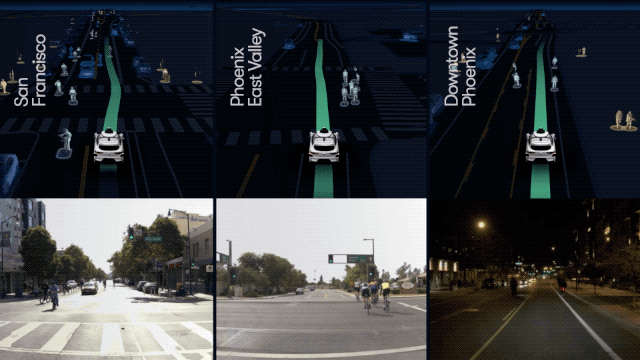Knightshade
Well-Known Member
To avoid AV testing regulations.
Except, again, FSDBeta is missing numerous elements required of an L3 system- let alone L5.
And the OEDR is demonstrably missing vastly more than "ice cream trucks" to be complete for its ODD.
You keep making up an imaginary narrarive of Tesla secrectly testing an L5 system but calling it L2 when literally every piece of evidence that exists---Actual behavior and capabilities of the SW as demonstrated by testers, in Teslas legal filing to government agencies- in Teslas public statements- and in [B}the actual code itself[/B] says you are 1000% wrong.
It's a pretty weird hill to die on. And gets weirder the more you double down on it.
It seems like when Tesla decides to report that they are testing AVs has nothing to do with “how soon robotaxis”. Remember that they did actually report AV testing before they discovered this one weird trick to avoid it.
No, they didn't.
They've only reported it twice, ever.
Once when making the 2016 demo video, and once when making the autonomy demo video.
In neither case BTW were they running the code (or even the same general architecture) they released as FSDBeta.
Whenever Tesla begins to test (in CA) their actual new autonomous driving code-- which again FSDBeta is not-- they'll again need to report it.
I'd once again encourage you to read J3016, since you keep demonstrating a woeful ignorance of basically everything it says while continuing to try and discuss specific details of it..





